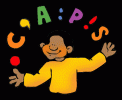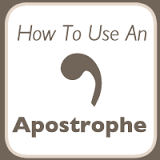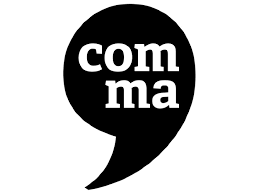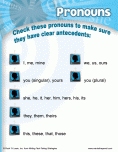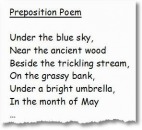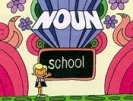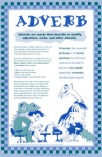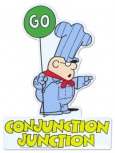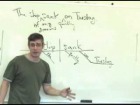Communication
"I know that you believe that you understand what you think I said, but I'm not sure you realize that what you heard is not what I meant." - Robert McCloskey
"Brush Strokes" to Enhance Sentences
When a writer decides to put pen to paper, his words carry his thoughts to his readers. So, if you're the writer, it is helpful to choose the best words to help the reader understand exactly what is on your mind. That doesn't mean you have to know all the big words, it just means you have to know how to "turn a phrase" to work to your advantage.
Here are the basic BRUSH STROKES learned in class:
Absolute:
Here are the basic BRUSH STROKES learned in class:
Absolute:
- Core sentence: The car went into the parking lot.
- Revision: Engine smoking, tailpipe roaring, the car went into the parking lot.
- Remember: These two phrases describe the car AND how it went, so the phrases actually modify the whole sentence. As a basic "beginners" rule, an absolute will contain a NOUN and a PARTICIPLE. It is easiest to think about the PARTICIPLE as an "ing" word or an "ed" word. Look below for a more advanced definition.
- Core sentence: The car went into the parking lot.
- Revision: The car, Miss White's Shelby GT350 Mustang, went into the parking lot.
- Remember: The main NOUN (car) is RENAMED in between commas. Check to see if you have it right by covering up the main noun. Does the sentence still make sense? If so, you've got it!
- Core sentence: The car went into the parking lot.
- Revision: Sliding, skidding, turning, the car went into the parking lot.
- Alternate revision: Skidding around the corner, the car went into the parking lot.
- Remember: Participles are VERBS that are being used as ADJECTIVES. Past tense verbs would work, too. Example: Painted cherry red, the car went into the parking lot.
- Core Sentence: The car went into the parking lot.
- Revision: The car, polished and shiny, went into the parking lot.
- Remember: These are ADJECTIVES out of order. Don't get them mixed up with the appositives.
- Core Sentence: The car went into the parking lot.
- Revision: The car slid into the parking lot.
- Remember: Avoid sentences with no action. They are boring. Example of a boring sentence: Dad was angry with the dog. Better ACTION sentence: Dad raised his voice and yelled at the dog.
Conjunctions
Using these to enhance your writing displays a deeper understanding of both the concept about which you are writing and the use of the English language!
|
Subordinating Conjunctions:
after, although, as, as if, as long as, as much as, as soon as, as though, because, before, even if, even though, how, if, inasmuch as, in order that, lest, now that, once, provided that, rather than, since, so that, than, that, though, till, unless, until, when, whenever, where, whereas, wherever, whether, while |
Correlative Conjnuctions: both/and, whether/or, either/or, neither/nor, not/but, as/as, such/that, scarely/when, as many/as, no sooner/than, rather/than
Coordinating conjnuctions:
For, And, Nor, But, Or, Yet, So |
Understanding Capitalization
Do yoU eVer Wonder wheN to CAPitALIZE a worD? Does your teacher ever correct your capital letters? Do you put capitals IN THE MIDDLE of your sentences? This part of the website may be for you!
Understanding Punctuation
Understanding Parts of Speech
I have found some charts, pictures, and diagrams to help you understand parts of speech. Check these out!
Understanding Phrases
This is complicated; only click here if you are ready for a super-grammar challenge!
SONGS for Understanding Parts of Speech
Do you need to know what a noun is? And why does the teacher keep talking about participles and prepositions? Click on a video below for help. (These are YouTube videos, so they may not show up at school. Grr!)
|
|
|
|
|
|
|
|
|
|
|
|
|
|
|
|
|
|
|
|
|
|
|
|
|
|
